Refugia News
Well, it’s been a tough week. I don’t know about you, but I feel bruised all over from the actions of the new (old) president/would-be-king. I was feeling so hopeful while still on our trip to Hawaii, and then we came home to … all this.
I’ve been thinking a lot this week about “advance regeneration.” Thanks to friend Pete Nunnally for sending me the Instagram reel below explaining the phenomenon. The term advance regeneration describes how ash trees, red oaks, and sugar maples (among other tree species) prepare for the future by sprouting dozens of seedlings on the forest floor even when they aren’t getting enough light to grow much. These seedlings persist as small babies for years, even decades, until… something happens and the forest canopy opens up. Maybe an old, huge tree falls over in a storm. When that happens, the waiting seedlings reach for the light, shoot up, and grow.
Could this be a metaphor for what people of faith and conscience need to do right now? Maybe we can think of our work to nurture refugia as a kind of advance regeneration strategy—we create a million seedlings of climate action, justice, kindness, and we just keep them going until a good disturbance emerges and the canopy opens up. Then: we’re ready to grow like mad, upward and green.
I’ve taken some comfort this week from nature’s wisdom.
Upcoming refugia events: If you’re in the Savannah area, please feel welcome to attend the gathering on Feb. 1 at the Unitarian Universalist Church of Savannah, Georgia, where I will be speaking, followed by a panel discussion with an array of local experts. I’ll also be doing a radio show Wednesday, Jan. 29 from 4-5 pm EST on the local WRUU radio station in Savannah. Next week, I’ll be appearing online as part of a three-part retreat through the Our Lady of the Prairie Retreat Center in Wheatland, Iowa, which is run by Catholic sisters and lay Catholic women. My talk will be on Feb. 6, from 6-8 pm. Anyone is welcome to sign up.
This Week in Climate News
As I say, it’s been a week. Of all the cruel and foolish executive orders and other actions by the new president, I will focus on the ones related to climate and try to offer some encouraging words despite the onslaught of crappy news.
Let’s attempt a kind of bad news/good news scenario.
Trump pulled the US out of the Paris Agreement.
Yeah, he did that last time, too. We knew it would happen. The US is now back in the esteemed company of Iran, Libya, and Yemen—the other countries who refuse to sign on.
However, philanthropist Michael Bloomberg announced that Bloomberg Philanthropies would, essentially, take up the slack of what the US has pledged as part our Paris Agreement commitments, and would “cover the U.S.’s funding gap and its reporting requirements for planet-warming emissions.” Bloomberg himself stated, “Now, philanthropy’s role in driving local, state, and private sector action is more crucial than ever — and we’re committed to leading the way.”
Trump has issued numerous anti-clean-energy, pro-fossil-fuel initiatives.
Here’s how the team at Inside Climate News summed up the mess:
Trump declared a national energy emergency to help increase production of fossil fuels on the same day that he withdrew the United States from the Paris Agreement and ordered a halt to new permits for offshore wind projects. He said he was stopping the release of any unspent federal money for EV charging and canceling an “EV mandate,” even though no such mandate exists. He also reversed a series of Biden orders that sought to make environmental justice a key factor in federal policymaking.
However, these executive orders will face a flurry of legal challenges. The eco-justice legal teams have been preparing, and the suits are already filed. Also, many of the benefits of the clean energy revolution are coming to red states, so that, as Al Gore pointed out this week:
The top four states for wind generation — Texas, Iowa, Oklahoma, and Kansas — are solidly red, and unlikely to acquiesce [to the ban]. Even Trump’s pick for Interior secretary, Doug Burgum, refused to disavow wind power during a hearing last week, saying he would pursue an ‘all of the above’ energy strategy.”
Also in the “however” column: the rest of the world continues the energy revolution.
Somini Sengupta, in a New York Times article this week, noted:
Worldwide, investors poured nearly twice as much money into renewable energy in 2024 as they did into fossil fuels, according to the International Energy Agency. “The world is undergoing an energy transition that is unstoppable,” Simon Stiell, the head of the United Nations’ climate agency, said Tuesday at the World Economic Forum gathering in Davos, Switzerland.
Similarly, PV magazine reported that
New solar and wind capacity is being deployed about five times faster than everything else combined (hydro, coal, gas, nuclear and others). Almost all growth in electricity demand is being met by solar and wind.
And the energy think tank Ember has reported that the EU now gets nearly half its energy from renewable sources.
The European Green Deal has delivered a deep and rapid transformation of the EU power sector. Driven by expanding wind and solar power, renewables have risen from a share of 34% in 2019 to 47% in 2024, as the fossil share declined from 39% to a historic low of 29%. Solar remained the EU’s fastest growing power source in 2024, rising above coal for the first time. Wind power remained the EU’s second largest power source, above gas and below nuclear.
The policies (or policy attempts) of the new US administration result in ceding any possible leadership role for the US in the energy transition. We are essentially handing a huge economic and security gift to China. China continues to surge ahead aggressively in solar panel, battery, and EV manufacturing and export.
The attack on science.
The actions of this administration to gut federal agencies of personnel and funding and to eliminate the counsel of scientific experts on federal policy—these are truly cynical, vengeful actions that risk not only progress on climate action, but the safety and well-being of the entire populace. These actions are for me among the most disheartening elements of the White House’s agenda so far.
However, I’ve been reading the SciLight Substack and watching how scientists are talking to each other and pushing back. If you are a scientist, I hope that you already know about SciLight, which has just released a Toolkit for Federal Scientists to help them defend their rights and uphold the truth.
What can you do? Well, you probably have your own good ideas. Here’s what I’m trying to remind myself.
Work locally! We can’t let the theatrics in Washington distract us from our local communities, where we have much more agency to effect clean energy transition, land use reform, and environmental justice.
Pick one thing. It’s tempting to want to work on sixteen fronts right now. But it’s better to choose one cause and do whatever you can do best. Work from your existing strengths and connections.
Join a group. I think it’s good to join both a local and national or regional group. There are so many faith-and-climate groups! I mention my favorites all the time in this newsletter: Third Act Faith, Creation Justice Ministries, the BTS Center, A Rocha, Interfaith Power and Light (find your local affiliate), Circlewood, Evangelical Environmental Network, the Laudato si’ Movement, and Biologos. There are many more. Do you have others to suggest?
Calmly refute untruths with truth, if you can. This is hard. One suggested focus, which I heard this week from Ali Zaidi, White House Climate Advisor under Pres. Biden: help people connect the dots from IRA funding to new jobs, new manufacturing plants, and the revitalized communities this funding is already creating. Tell your congresspeople to protect IRA provisions.
Make the moral case. It’s more important than ever to say “I’m a person of faith, and I am working for a vision of justice, mercy, and the common good”—or however you would put that yourself. If we say we love our neighbors, then we have to act like it, including by responding to the pleas of vulnerable people around the world begging for climate action and justice. As you probably saw, Bishop Mariann Edgar Budde, Episcopal Bishop of Washington, got a huge amount of attention (everything from appreciation to death threats) for simply speaking the gospel to the new president’s face. We can all make a message of mercy, kindness, and justice louder in the public sphere. Suzanne Crawford O’Brien had a great piece this week about coping and resistance on her excellent Substack.
Curate your social media and news sources to get reliable, fact-based news rather than outrage and sensation. Katharine Hayhoe has some great suggestions on this point. Manage your news dosage carefully to resist burnout.
Stay connected to goodness, beauty, truth, and people of good will. I hope you find these things in your faith community. I know I do. And I hope we can continue to make as many connections as possible across “refugia spaces.” We have to keep building those corridors, working the soil, and nurturing those “advance regeneration” seedlings.
Refugia Sighting
Speaking of goodness, beauty, truth, and good will, it’s time to talk about Hawaii! As I mentioned last time, spouse Ron I spent about ten days on Oahu with a group of terrific people, including the seven doctoral students Ron and I are leading through Western Theological Seminary; Ben Lowe, Executive Director of A Rocha USA; and Colin Hoogerwerf and Jim Stump of Biologos.
Our hosts were Pastor Tim Shaw of First Presbyterian of Honolulu along with a number of great staffpeople and members from the church.
Our doctoral students in the Refugia Cohort from Western Theological Seminary. This is just after they all gave presentations on their doctoral work during First Prez’s education hour.
I’ll share with you some themes that emerged from our time on the island, along with some gifts from the Hawaiian language. I have tried to get the Hawaiian terms correct, but I may have made mistakes. Hawaiian words are rich, subtle, and require diacritical marks that I haven’t mastered. Translations are, of course, only approximate. Bear with me!
Pilina means connection. Our visiting group members were all there to learn from a network of Christians connected to First Presbyterian Church’s Hakuhia project. In my last newsletter, I explained how the church wound up with a 256-acre golf course, including the club house. They’ve now converted the building into an event center as well as their church offices. They use one of the ballrooms as their sanctuary. As for the golf course itself, they have formed the Hakuhia project as a nonprofit. Hakuhia means “invent” or “innovate,” and that’s what they’re doing. They are rewilding half the golf course by removing invasives and planting native trees like the koa. This process requires expert observation and planning, loads of work, and creative community connections.
Pastor Tim Shaw and the Hakuhia project’s horticulturalist, Jayme, explain how they are re-wilding the land near the church.
In this work, the Hakuhia project is led by an incredible pool of talent and passion through church staff, church members, and the Hakuhia board. I was impressed with the depth of relationship among all the folks we met and with their thoughtful coordination across their different projects and areas of expertise. The Hakuhia board, for instance, includes the people who run the kalo (taro) farm and fish pond we visited. As I’ll explain, these three places together form an interconnected refugia system.
Pilina also suggests the commitment to drawing in the community. Each of the places we visited is deeply committed to working with community partners, from indigenous Hawaiians to school kids. The Hakuhia folks hold “pilina restoration days,” where church members and neighbors can come in and do some work on the land together.
Ahupua’a means watershed. In Hawaii, watersheds essentially begin in the mountains as the rains drain down through each valley to form a triangle, ending with the point of entry to the sea. From mountain to sea, in traditional Hawaiian culture, the ahupua’a provides all you need to survive.
This interconnectedness is embodied through the ecological and relational connections among the Hakuhia project, the Ho’okua’aina kalo farm, and the Waikalua Loko fish pond at the shore of Kanaohe Bay.
The watershed begins with the rains from the mountains, which “light up” with waterfalls after hard rains. The water then flows into the valleys and eventually into the sea. Image credit: Betsy King-McDonald.
As Herb Lee, who runs the fish pond, explained, traditional Hawaiian culture views the water as “the blood in the veins” of the whole ecosystem. The water from the mountains nourishes the forest, then moves through the kalo farms gathering nutrients, then flows into the fish pond to nourish the fish.
Aloha ‘aina means “love for the land.” Hawaii has a two-hundred-year colonial history. Much land has been degraded, and people have often become disconnected from their place and history. For example, each of our hosts was deeply concerned about food insecurity on the islands because Hawaii imports 80-90% of its food. Hardly any kalo farms are left. Of the 500 fish ponds that existed at the time of Western contact, 90% are gone. People have become solely consumers rather than self-sufficient producers.
So an important goal for the rewilded golf course, kalo farm, and fish pond alike is reconnecting people to the land.
Healing the land heals us. Dean Wilhelm, who runs the kalo farm with his wife, Michele, told us that clearing and pioneering his eight-acre lo’i helped heal his personal pain and renewed his faith. Now, he and Michele see their job as “growing people,” with a special heart for young Hawaiian men at risk. The farm’s purpose is to connect young people to the land as a way of connecting them to spiritual health.
They often have school kids come and volunteer, they work with incarcerated men, and recently they invited a group of first responders to work on the farm. These folks had lost several young colleagues through a string of tragedies, and the farm offered them a chance to process their grief through physical labor and camaraderie. Dean and Michele act as chaplains, coaches, and cultural ambassadors, connecting Hawaiians back to the spiritual wisdom of their traditional culture. I often marveled at how skillfully Dean wove traditional Hawaiian ideas into his own Christian faith.
Nani ke kalo means “kalo is beautiful,” especially when thriving leaves flutter in the breeze. Kalo is wealth in traditional Hawaiian culture.
They also successfully grow a lot of kalo at Ho’okua’aina. Dean and Michele had no idea how to farm kalo when they bought the land. Now they are one of Hawaii’s biggest suppliers.
Lokahi means shalom. I was amazed to learn that Hawaiians have a word that is roughly equivalent to the Hebrew word shalom—or elohe in the Native American wisdom tradition. Lokahi means balance, harmony, unity, agreement. It encompasses one’s spiritual connections with the divine as well as one’s connections to other people and the land and sea. How compelling that indigenous peoples from across time and place share a similar concept.
Herb Lee and his staff at the fish pond are also seeking to heal cultural wounds as they heal the land. They focus on school kids and teachers, having trained 7000 teachers in a science-based curriculum that involves teaching integrated subjects at the pond, including the ecological history of Hawaii that so many Hawaiians don’t know much about, including their traditional foodways.
Our group explores the fish pond. We are standing on the wall separating the pond (left) from the ocean (right). Herb told us they had to raise the wall three feet in 2017 due to sea level rise. Image credit: Besty King-McDonald.
Hawaii’s fish ponds were essentially very efficient farms. They involve building a stacked-stone wall to encircle an area of the bay to create a shallow, enclosed pond. Fish gates allow tiny fish to enter the pond from the ocean. Then, as the fish grow, they are not be able to slip back through the gates to the open bay. In this way, Hawaiians could raise their food with hundred-fold efficiency over open-water fishing.
Today, the Waikalua Loko fish pond does not yet produce fish for market. It’s mostly an educational space and research laboratory, as researchers from the University of Hawaii are working with Herb to figure out how best to raise fish under current conditions. Herb wants to “be the bridge between indigenous wisdom and contemporary science.”
The long horizon. Every one of our hosts talked about this. With work like land restoration and all the spiritual dimensions thereof, you have to think on at least a thirty-year horizon. It will take 30 years to remove the invasives from Hakuhia land. It took Herb 26 years to remove invasive mangroves and restore the ancient fish pond. All of this land and cultural/spiritual repair will take generations.
Ron and I on the beach. Yeah, it was tough.
How we suffered.
Well, there’s still more to consider about what we learned. I hope to write more about these Hawaii adventure in Refugia Church as I work on the manuscript this year. And I also plan to release a Refugia podcast episode about Hakuhia next fall. I’ll keep you posted. Meanwhile, know that people of faith are doing amazing work on Oahu.
Mahalo means thank you. Ron and I are so grateful for the whole experience. We were generously funded on this trip by an A Rocha grant through the Lilly Foundation. Our hosts at First Prez, the kalo farm, and pond welcomed us so graciously and lavishly, and our whole group had such a wonderful time together. Shoutout to Mark and Vicki Lepick for being hospitality saints—and for that carrot cake iykyk. I deeply cherish all these refugia connections. Mahalo is a rich kind of thanks, and I mean every bit of it.
This was hanging in the bathroom at our Airbnb. Not the place I would choose to hang this, but why not?
That’s plenty for this week, eh? Mahalo for reading, and till next time, aloha and be well.
As always, bold type in quotations is added unless otherwise indicated.

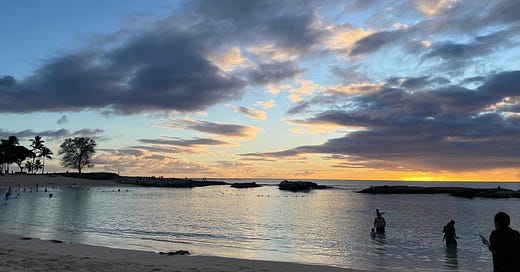



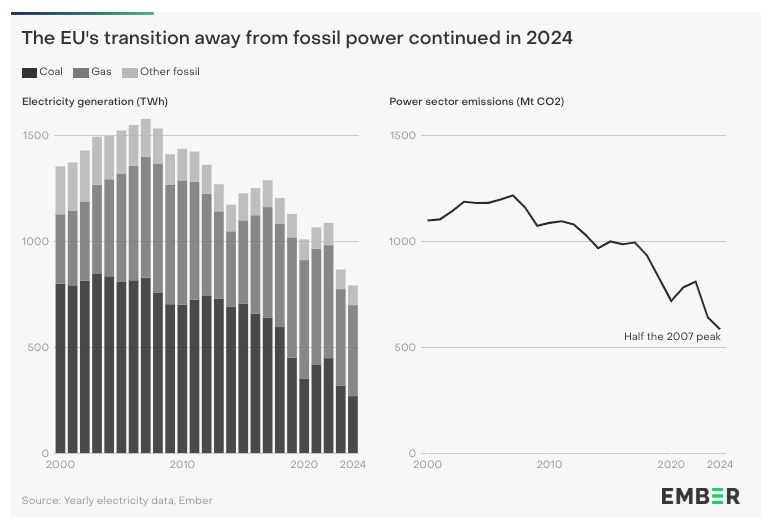


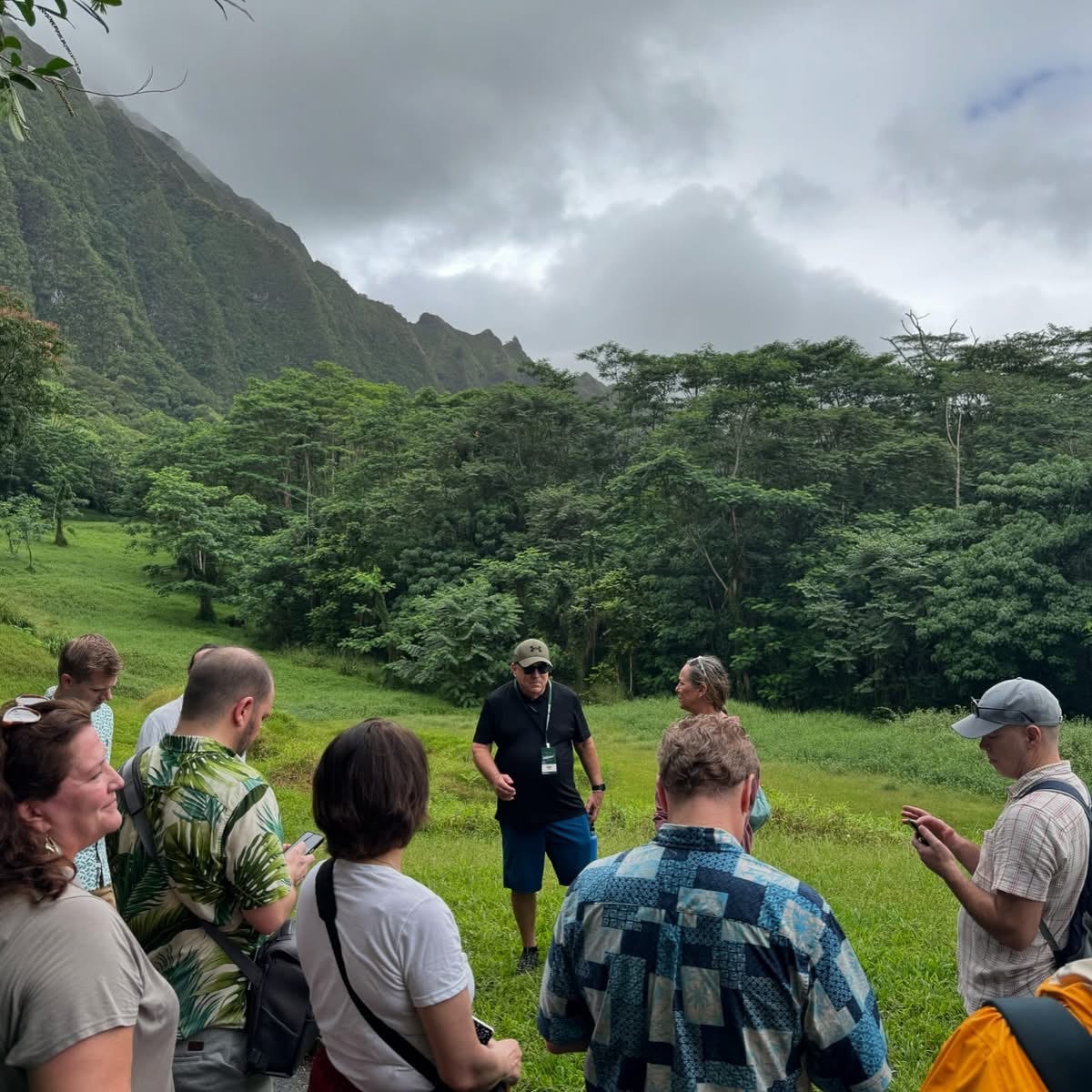


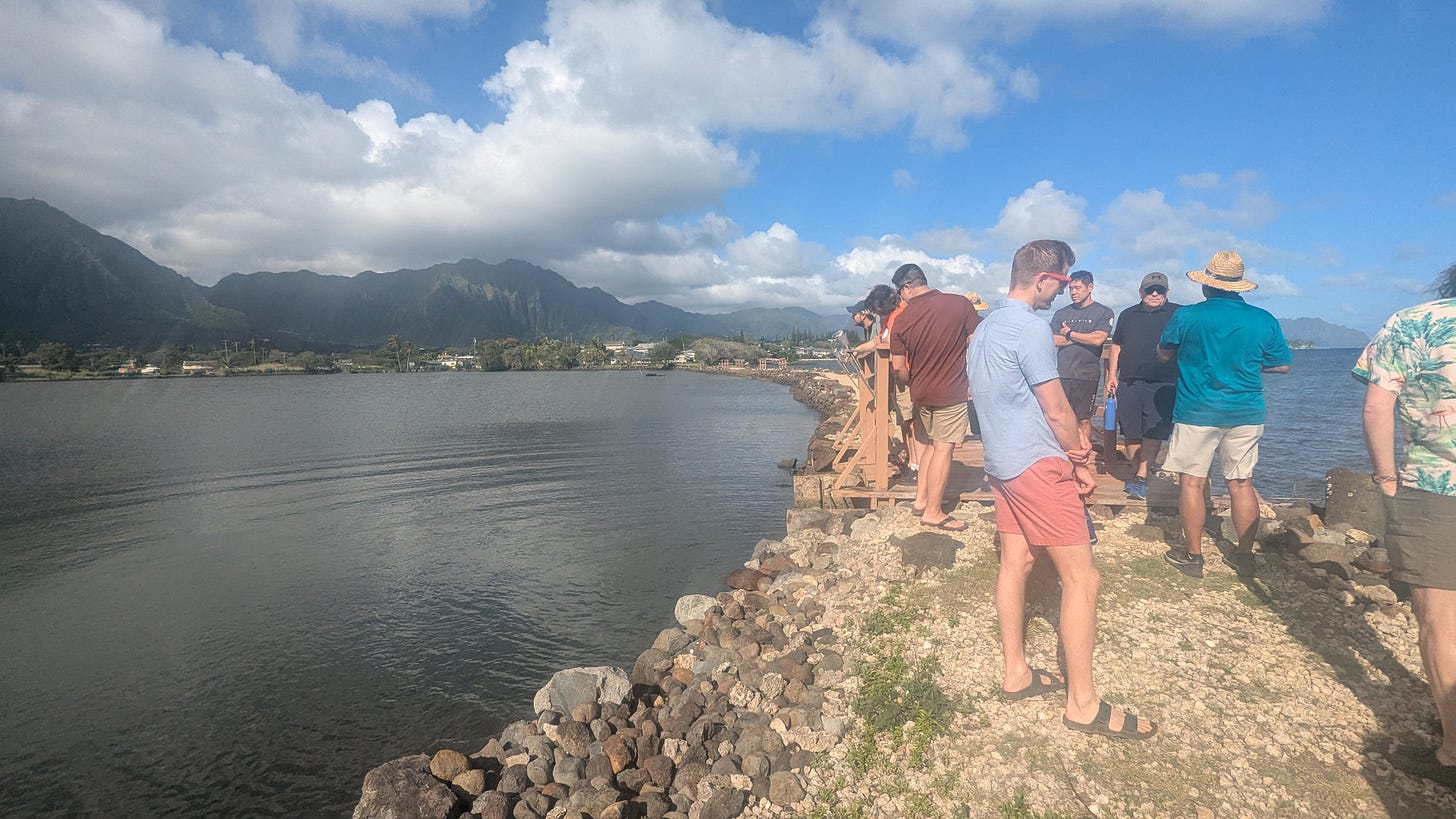
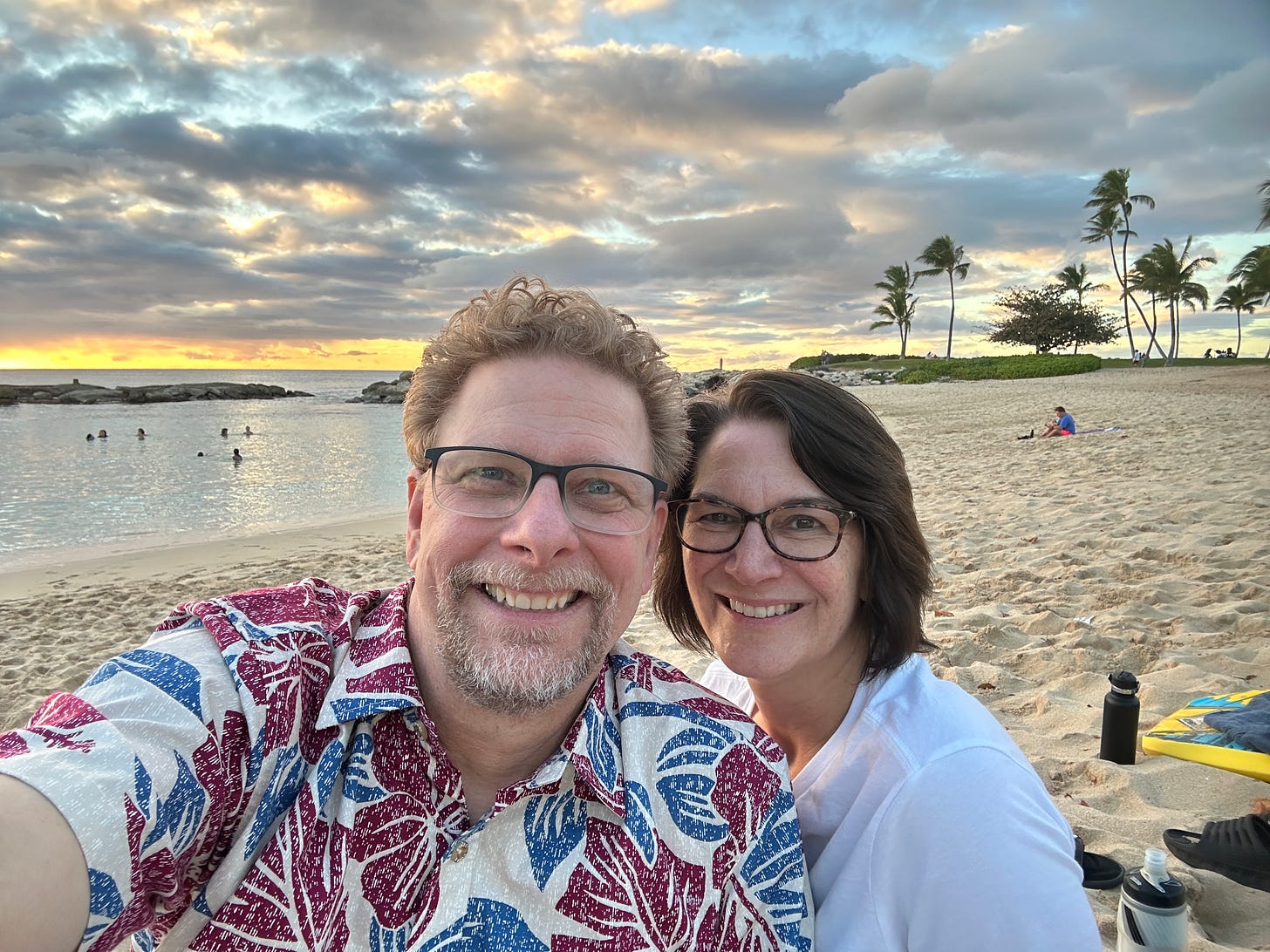


This sounds right: "we create a million seedlings of climate action, justice, kindness, and we just keep them going..." Let's do it!